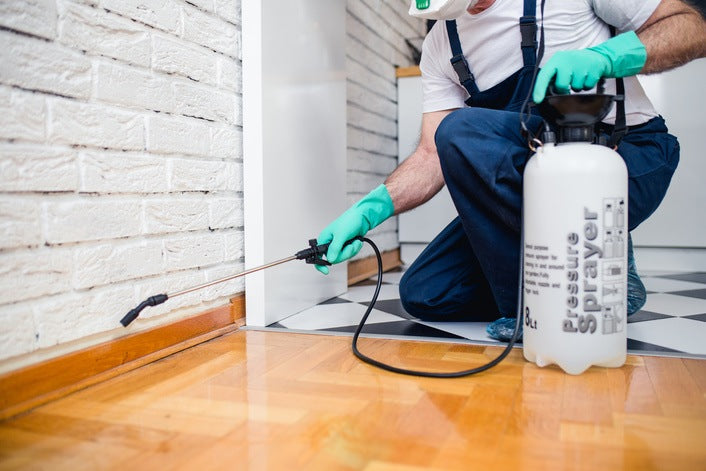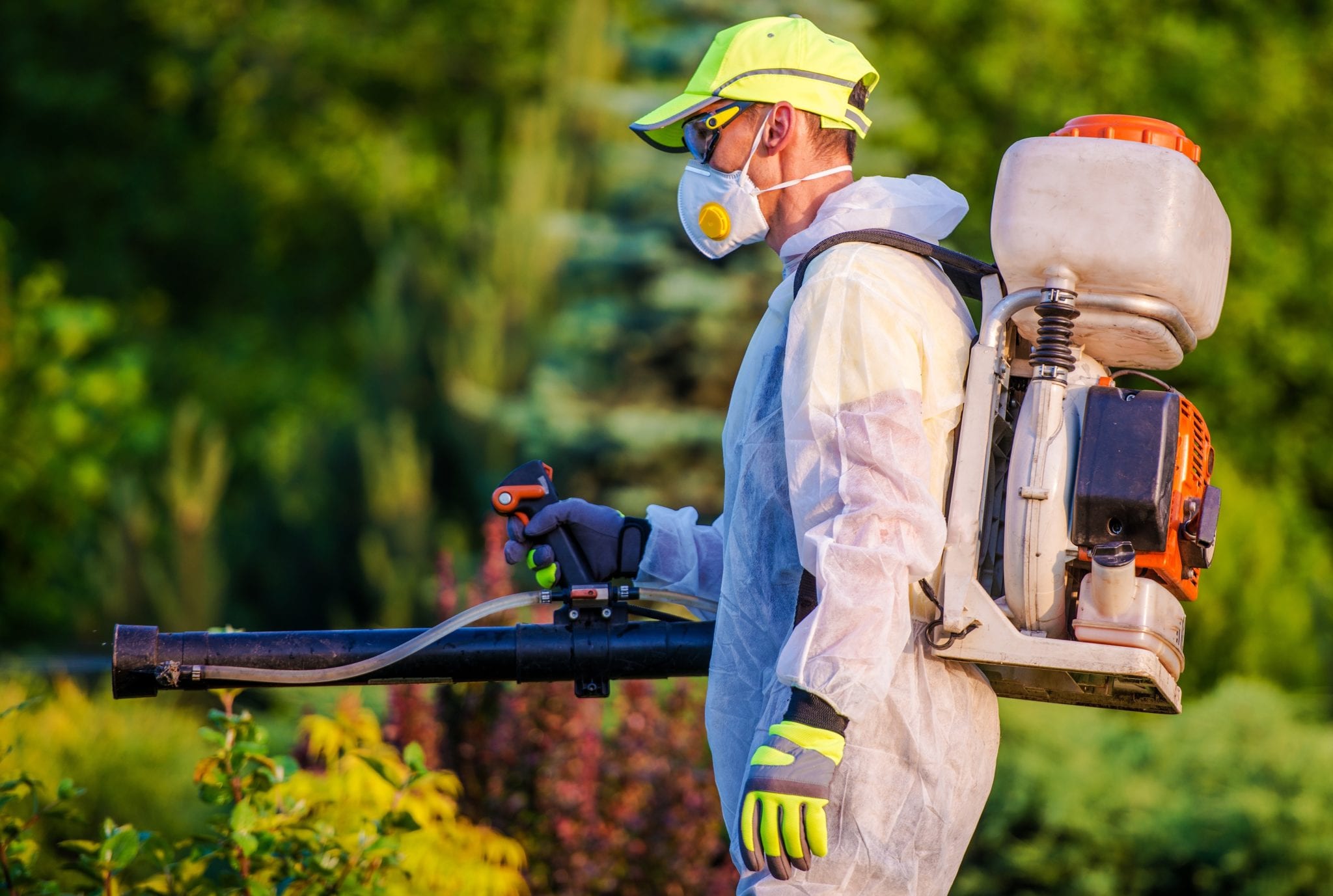An Insight Into Various Types of Insect Control Provider Available in the Market
In the world of bug control solutions, a diverse array of approaches exists to address the persistent challenge of taking care of unwanted burglars. From typical chemical sprays to innovative organic controls, the market supplies a range of remedies made to fit various needs and preferences. As bugs continue to adjust and evolve, the need for sustainable and reliable insect control steps comes to be significantly extremely important. Understanding the subtleties of each kind of pest control service can be not just enlightening however also vital for maintaining a harmonious coexistence with the setting and the animals that inhabit it.
Chemical Sprays
Chemical sprays are typically made use of in insect control solutions to properly get rid of and protect against problems. These sprays contain different chemicals that target particular bugs, such as insects, termites, or rats. The active components in these sprays work by interrupting the parasites' nervous systems, causing paralysis or fatality upon get in touch with.
Professional bug control solutions employ experienced specialists that understand the correct application of chemical sprays to guarantee optimum effectiveness while lessening threats to people, family pets, and the atmosphere. These specialists conduct thorough assessments to determine the type of bug infestation and identify the most ideal spray to attend to the issue.
One of the primary benefits of making use of chemical sprays in insect control is their capacity to provide immediate results. Once applied, the spray begins working swiftly, decreasing the population of insects in a timely way. Additionally, chemical sprays can supply lasting security versus future infestations when used routinely as part of a thorough bug management plan.
Biological Control

Classic organic control involves presenting natural enemies of the pest types into the setting. These all-natural opponents, such as bloodsuckers, killers, or pathogens, help regulate pest populations by victimizing or infecting them. This approach is frequently used for lasting pest administration and establishing an all-natural equilibrium in the environment.
On the other hand, augmentative organic control entails releasing lots of helpful microorganisms, such as predatory insects or nematodes, to control existing pest populaces. This method is more prompt and can be specifically beneficial in farming setups to deal with current insect resource invasions.
Organic control techniques are favored for their eco-friendly nature, minimal effect on non-target varieties, and lowered chemical pesticide usage, making them a sustainable parasite administration Recommended Site choice for numerous markets.
Baits and traps

On the other hand, baits are materials made use of to bring in parasites to a particular place for control purposes. By recognizing the habits of the target pest, parasite control specialists can properly utilize traps and baits to handle pest infestations effectively.
Integrated Insect Administration
Integrated Pest Monitoring (IPM) is a comprehensive method that incorporates various pest control methods to successfully manage and remove insects while reducing ecological influence. IPM concentrates on long-term avoidance approaches by thinking about the biology and behavior of insects, along with the details environment in which they exist. This technique integrates a range of insect control tactics such as organic control, habitat manipulation, alteration of cultural techniques, and using resistant plant varieties.
Among the vital concepts of IPM is to prioritize non-chemical parasite control approaches whenever possible. This might navigate to these guys consist of using natural killers to regulate pest populaces or executing physical obstacles to avoid problems. Chemical chemicals are utilized as a last hope and are used judiciously to minimize harm to non-target microorganisms and the surrounding ecological community.
Heat Therapy
As a corresponding technique to Integrated Bug Monitoring strategies, heat therapy is a targeted method that takes advantage of the power of high temperature levels to get rid of pests properly and efficiently. This approach is particularly valuable in eliminating bed bugs, termites, and various other bugs that might be concealing in hard-to-reach locations within a framework. By elevating the ambient temperature to degrees that are lethal to the insects however safe for the building, warm treatment can permeate cracks, crevices, and furnishings where standard pesticides may not reach.
One of the vital advantages of warmth therapy is that it is chemical-free, making it a secure and ecologically friendly alternative for bug control. In addition, warm treatment is known for its capacity to provide fast results, typically solving bug invasions in a single therapy session.
Conclusion

 Having actually addressed the efficiency of chemical sprays in insect control services, the focus currently changes to biological control approaches as a lasting option for taking care of parasite infestations. Baits and traps are vital devices in bug control solutions, supplying targeted solutions for specific pests. By recognizing the behavior of the target insect, bug control specialists can properly use traps and lures to manage bug problems efficiently.
Having actually addressed the efficiency of chemical sprays in insect control services, the focus currently changes to biological control approaches as a lasting option for taking care of parasite infestations. Baits and traps are vital devices in bug control solutions, supplying targeted solutions for specific pests. By recognizing the behavior of the target insect, bug control specialists can properly use traps and lures to manage bug problems efficiently.Integrated Pest Administration (IPM) is a thorough strategy that combines numerous bug control strategies to properly manage and get rid of parasites while decreasing environmental influence.In conclusion, various kinds of insect control services are readily available in the market to resolve different insect problems.